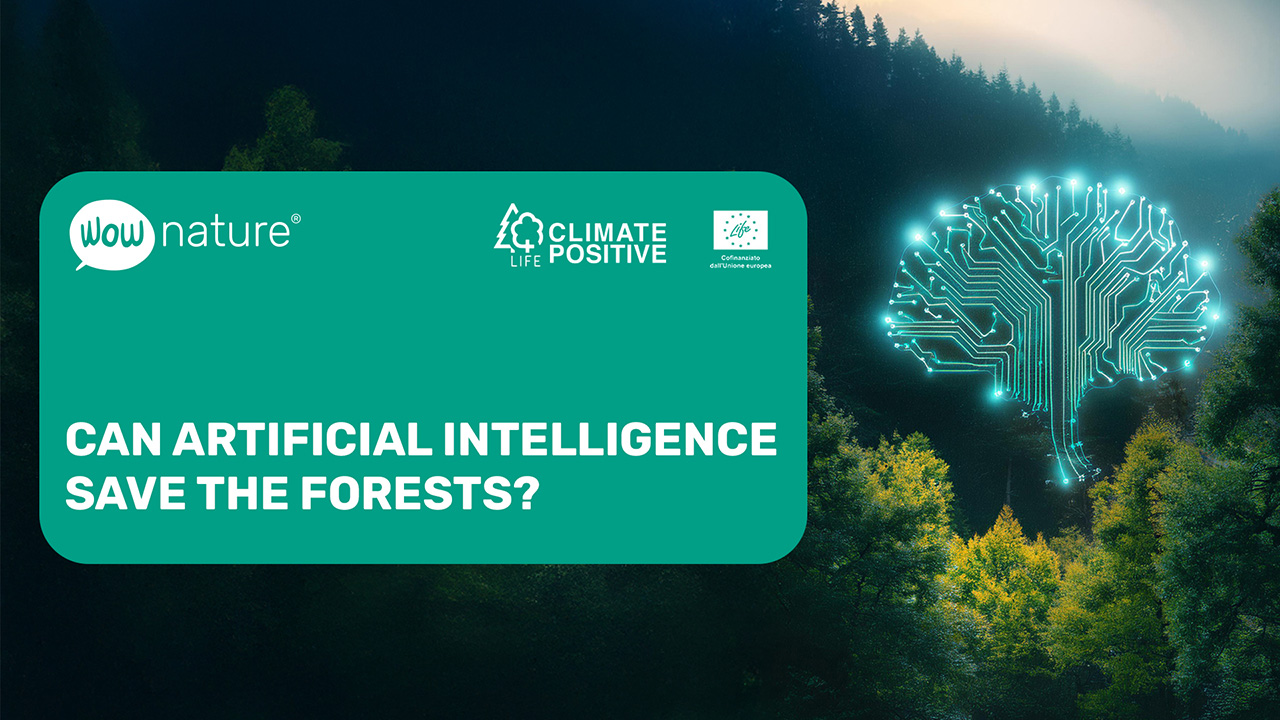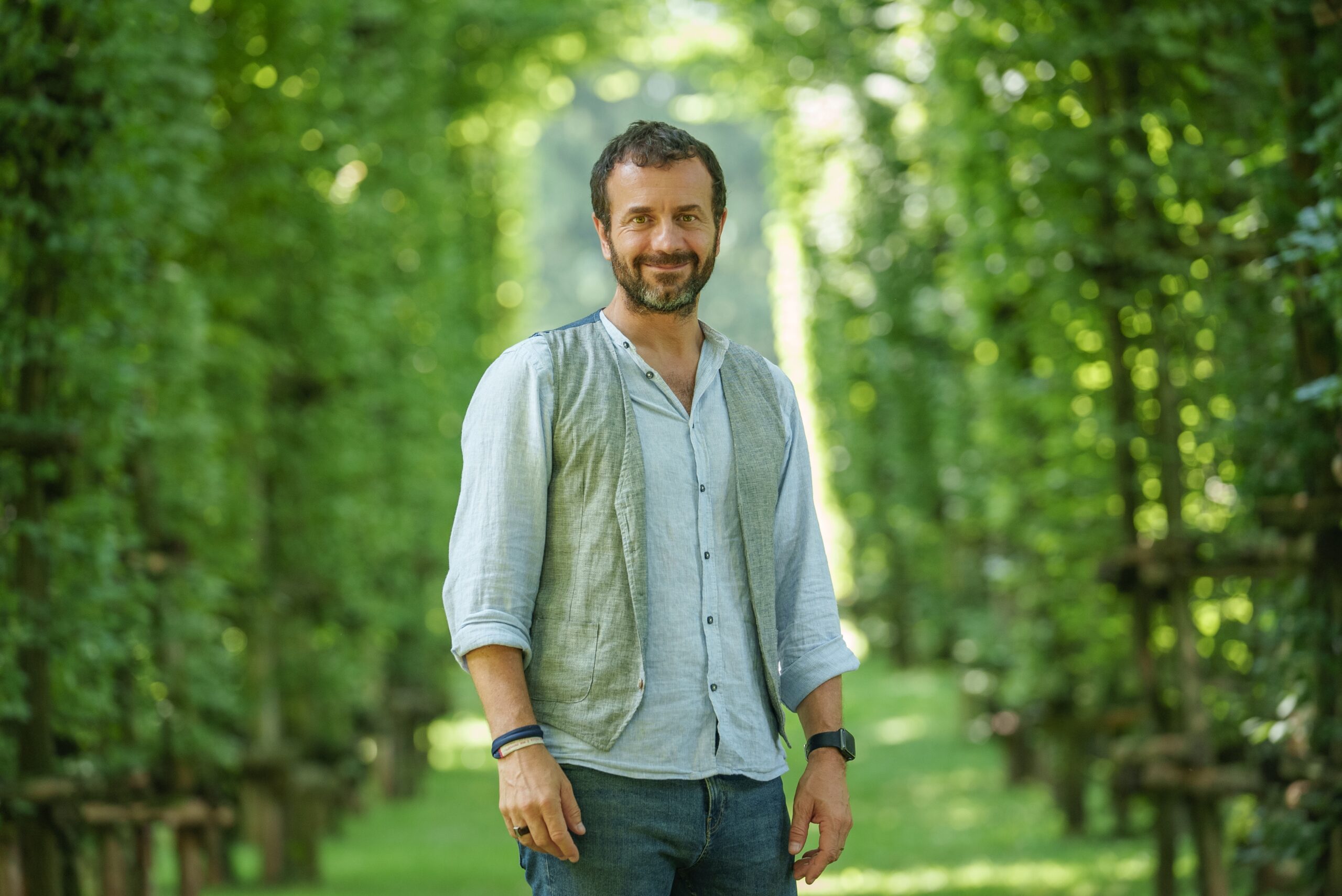
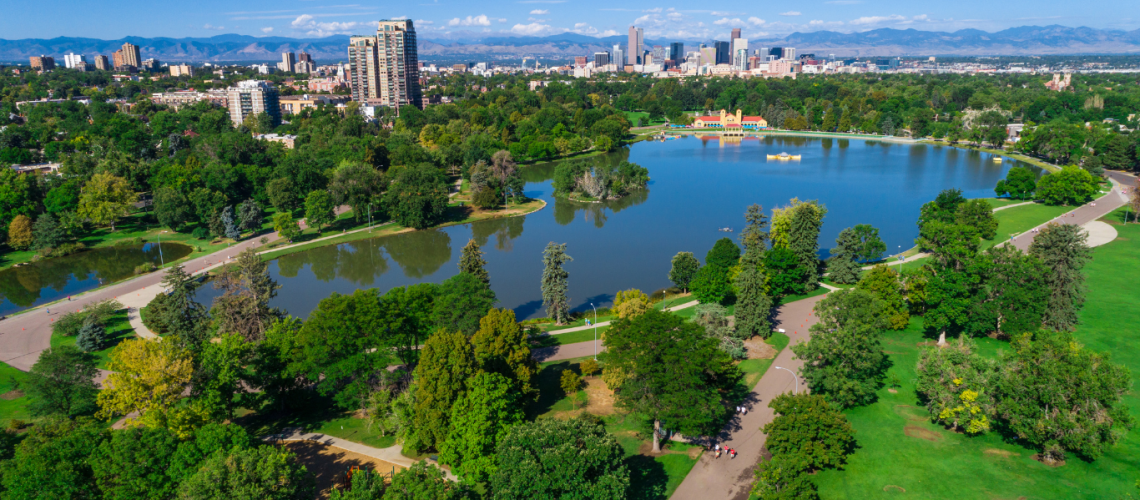
Urban forests in Europe: nature restoration in the city
Urban forests: a natural approach to address the climate crisis
Urban forests are defined as networks of forests, groups of trees and individual trees found in and near urban areas. In a context of heavy urbanization and climate crisis, cities have become among the environments where temperatures and air pollution have reached the most critical levels and consequently make the lives of some segments of the population almost unsustainable.
Urban forests are emerging as effective “Nature-based Solutions” (NbS) in mitigating the effects of the climate crisis within cities and promoting greener, healthier, more resilient and livable urban areas. Among the major benefits of urban forests are known:
the improvement of air and water quality
the conservation of biodiversity
the improvement of residents’ well-being and health
the mitigation of heat islands that characterize modern cities.
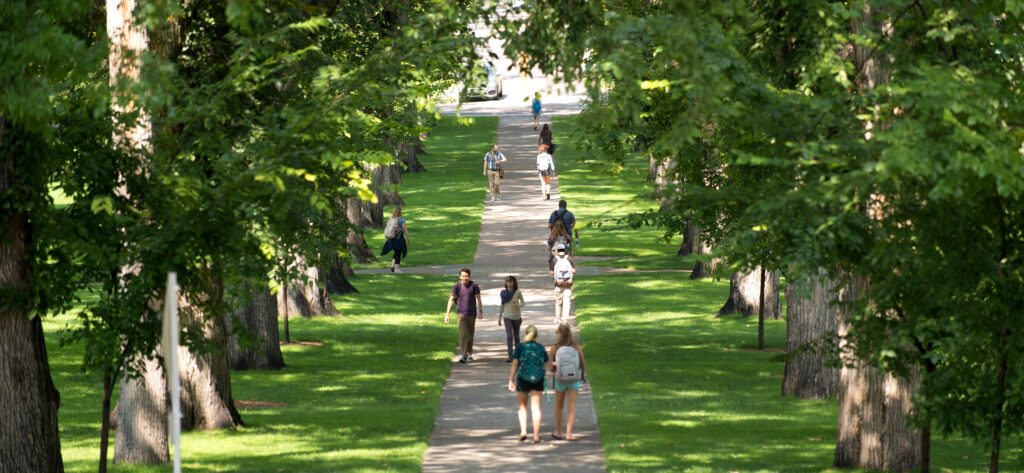
Uforest
Uforest (“European Alliance on Interdisciplinary Learning and Business Innovation for Urban Forests Project”) is a 3-year project co-funded by the European Commission through the Erasmus+ program. The main objective is to create cross-sectoral alliances between different realities such as universities, the public sector, the private sector, and disciplines such as urban green, landscape architecture and urban planning, as well as socio-economic sciences and information and communication technologies, for the management and planning of urban forests. Indeed, an integrated and participatory approach is necessary to ensure the economic, environmental, and social sustainability of this green infrastructure. The project also aims to train and support female students and professionals to implement innovative projects in the field of urban forests.
Tree Planting Campaigns: plant new trees to transform cities in urban forests
In order to translate the theoretical knowledge gained during the various activities organized by the project training courses and workshops into practice in the field, the project has put in place a Tree Planting Campaign that includes four planting events in four different European cities-Milan, Brasov, Barcelona, and Dublin, to be held in the fall of 2023. This is where WOWnature comes in, a partner in the project that will support raising the funds needed to get the trees planted and monitored over the long term.
Together with FORESTAMI: Urban reforestation for a greener and more resilient Milan
The project in Milan will help achieve the goals of FORESTAMI, the urban reforestation project that calls for the planting of 3 million trees in the Metropolitan City of Milan by 2030. The area to be reforested covers an area of 15,000 m2 in the Villa Fiorita area in Cernusco sul Naviglio. The goal is to create two tiny forests, a woodland and a shrubland to improve the area as much as possible. This is a highly urbanized area and degraded land with little environmental and recreational value, despite being a popular place for the passage of the Naviglio Martesena bike path and the Villa Fiorita subway stop. The land will be reforested with native species such as white hornbeam, oak and pronghorn. The forest will help reduce noise and air pollution, mitigating the heat islands that characterize the city of Milan, and increasing the reduced biodiversity of urban environments.
Urban forests and social inclusion: the Darndale Donut case
“Darndale Donut,” a 4500 m2 urban forest in the city’s suburbs, will be created in Dublin. 3000 trees of native species such as oak, birch, willow and hazel will be planted in a pattern resembling the shape of a donut. The project will support the community in the Darndale district, one of Dublin’s most disadvantaged neighborhoods, by promoting the well-being and health of citizens through maximum social inclusion, cohesion and equity.
Smart urban forests: monitoring and benefits in the Brasov area
A new urban forest is emerging in the flat area around the city of Brasov in the heart of Romania. We will plant oaks, maples, ash trees, and wild cherry trees. This is a natural mix of species that will increase the biodiversity of the area and provide shelter and food for many animals, such as birds, small mammals and various insect species. To measure the benefits of the trees, state-of-the-art sensors will be installed to monitor numerous variables. The main ones will be meteorological, pedological and spectral sensors. They will provide useful data to capture the air, climate and landscape benefits of the future urban forest. They will also give useful indications to make the care of the trees themselves more efficient, so that they grow healthy and strong.
Urban forests in Barcelona: stay tuned
SHARE
Other news

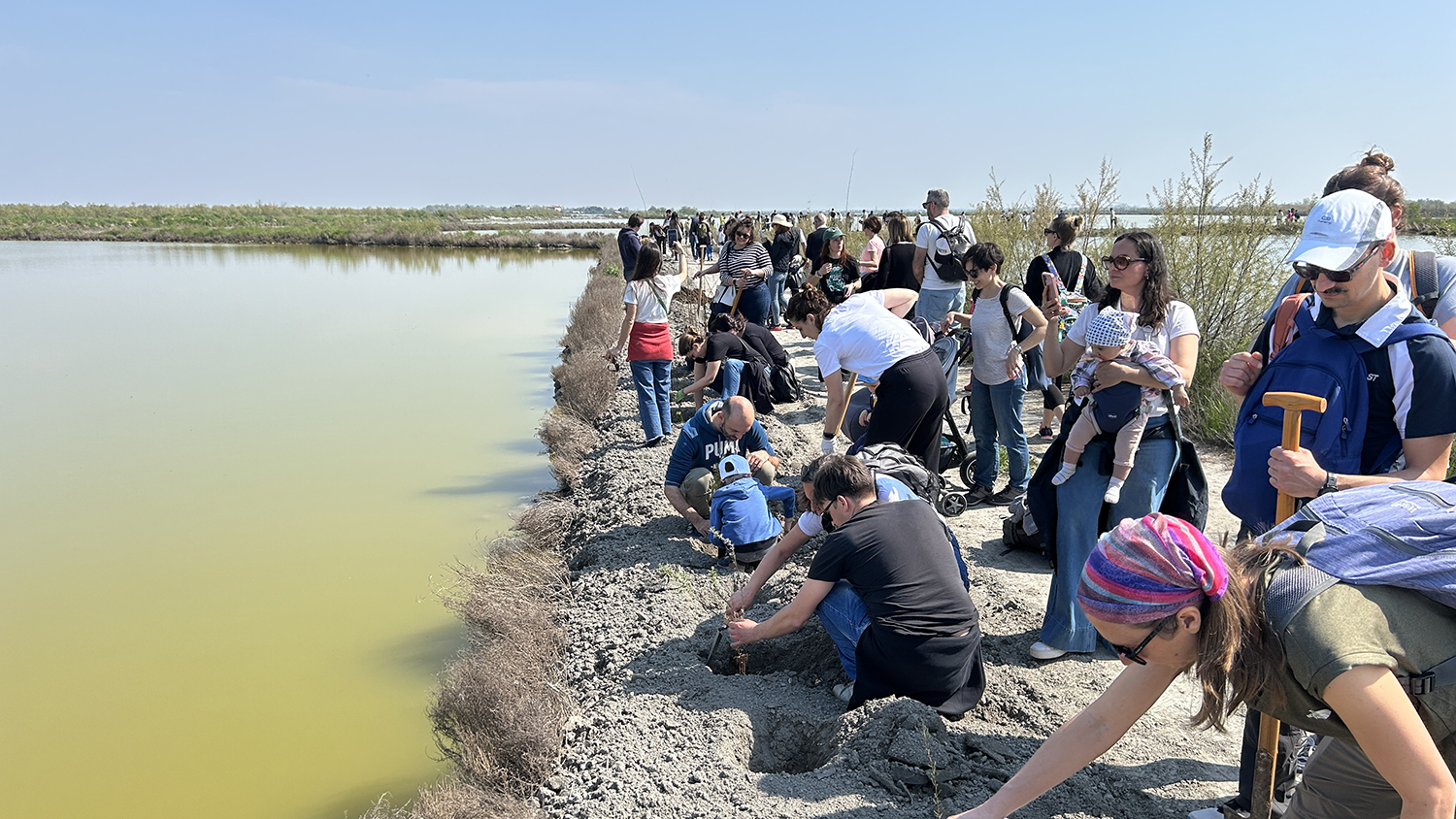
Update from Lio Piccolo | April 2025
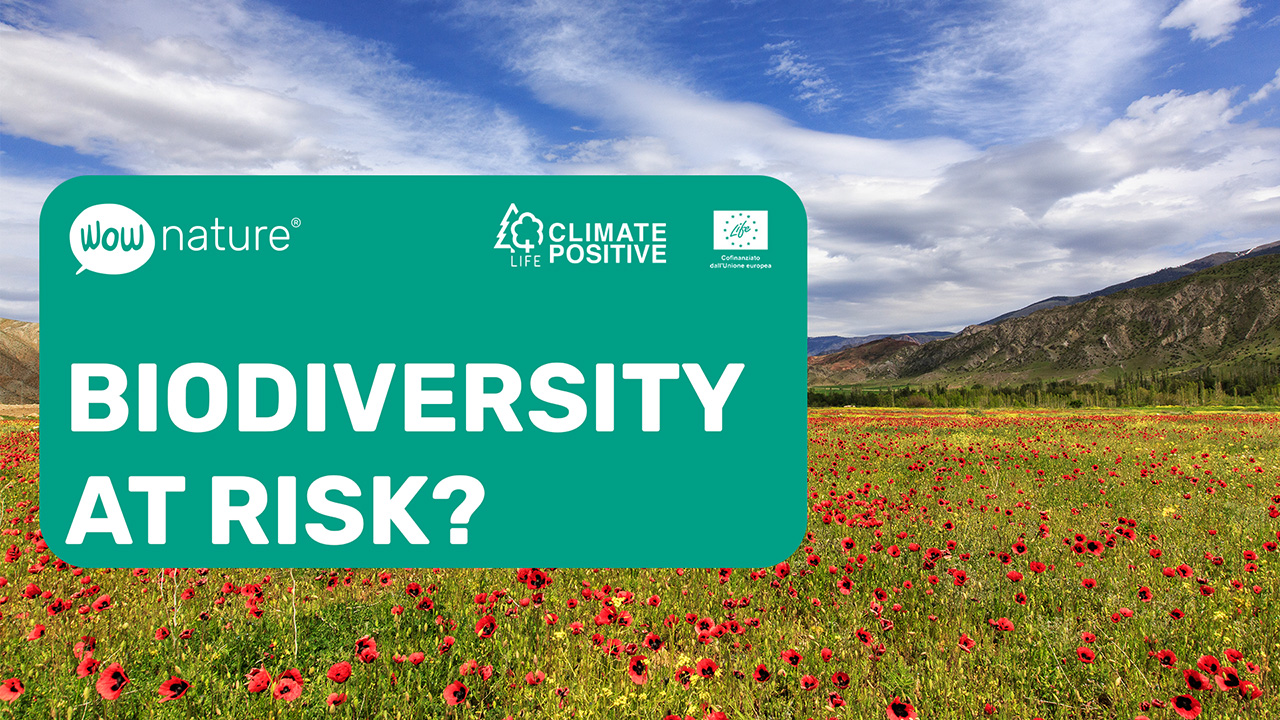
Biodiversity at risk and sixth mass extinction?
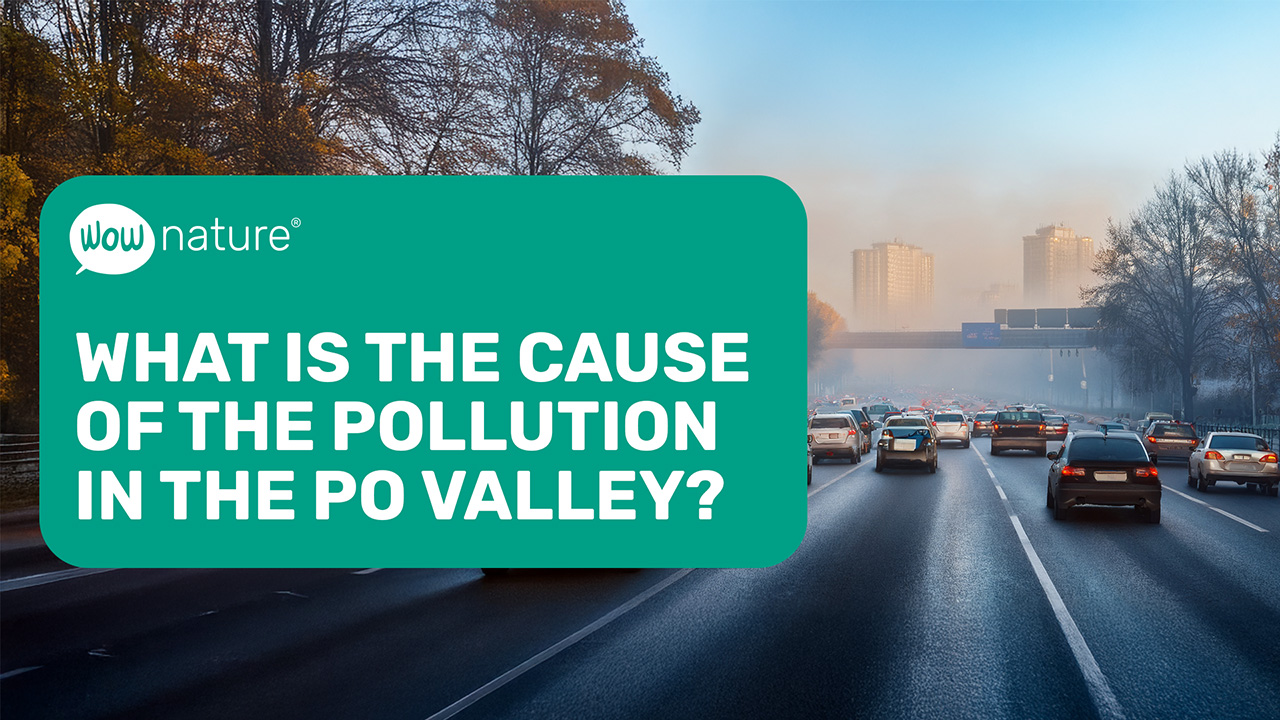
What is the reason for the pollution of the Po Valley?
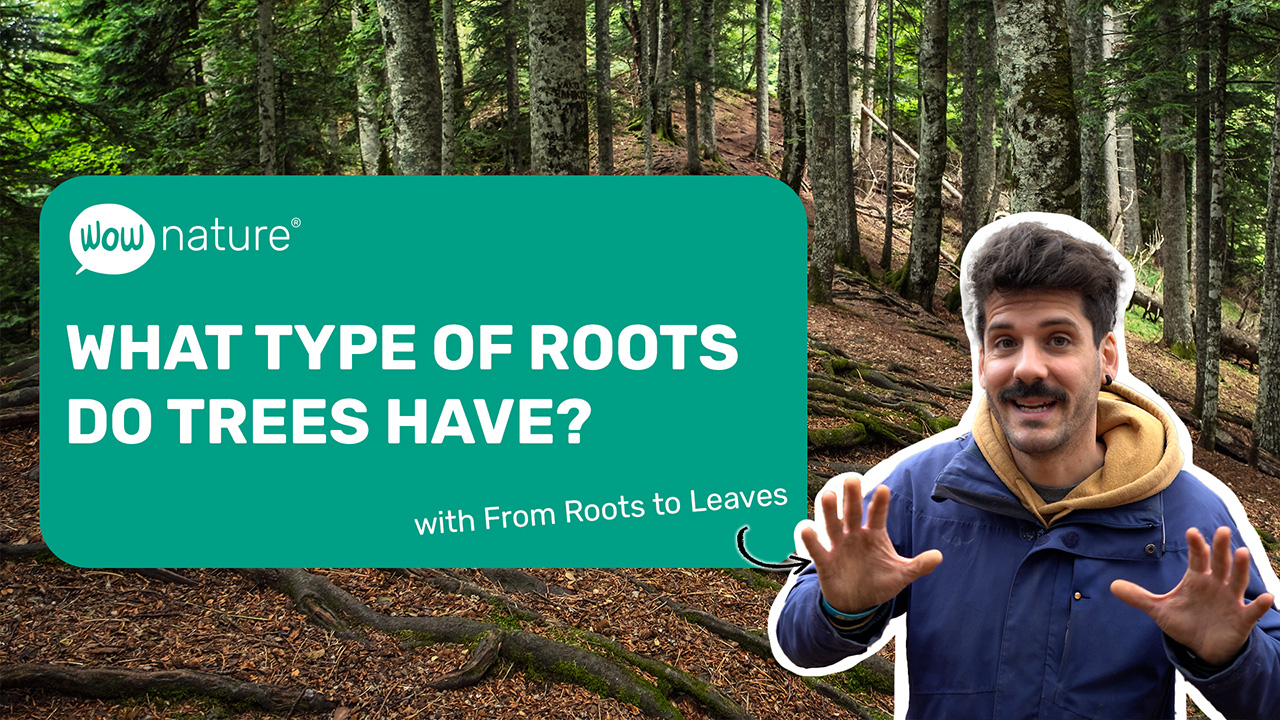
What type of roots do trees have?
